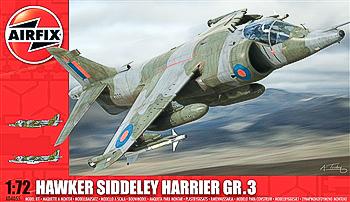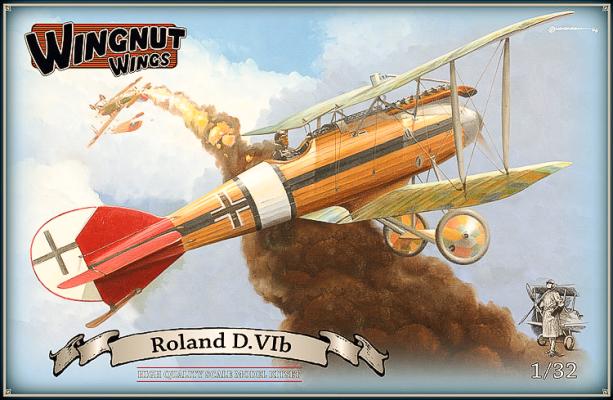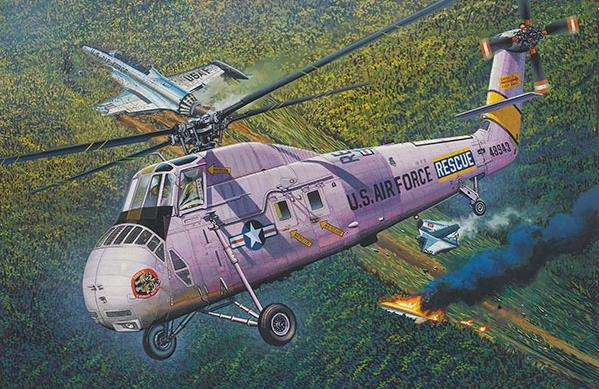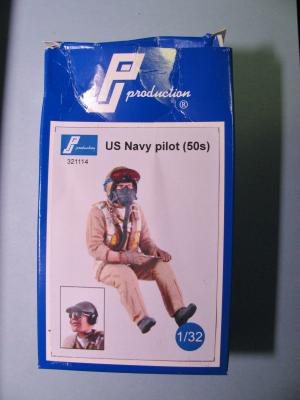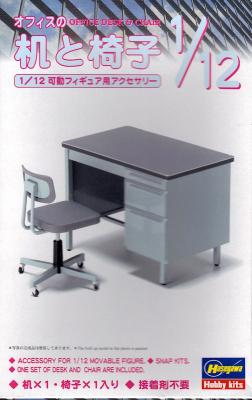Airfix’s 1/72 Hawker Siddeley Harrier GR.3 represents an important version of this aircraft, as recounted on the side of the box: “Developed in the 1960s as the first truly successful V/STOL combat aircraft, the Hawker Siddeley Harrier proved a revelation upon entering service in its earliest from, the GR.1. However, some improvements could be made and this came in the GR.3, which featured better sensor in the nose and tail, as well as a more powerful version of the Rolls Royce Pegasus engine. The GR.3 was the first of the Harrier variants to see combat, joining Operation Corporate, the re-taking of the Falkland Islands, engaging Argentinian Forces in ground attack missions. Replaced by the GR.5 Harrier II, the GR.3 proved itself to be a capable and successful aircraft.”
Welcome to the IPMS/USA Reviews site!
Introduction: The primary organization of the IPMS/USA Review website is by IPMS/USA National Contest Class. Within each Class there are sub-menus by kits, decals, books, etc. The Miscellaneous Class is for items that are not class specific or that cross two or more classes.
IPMS/USA Members: We encourage you to submit reviews, both here and to the Journal. To volunteer for membership in the IPMS/USA "Reviewers Corps" and submit your own reviews, please read the Guidelines For Submitting Product Reviews.
Manufacturers, publishers, and other industry members: IPMS/USA is pleased to offer your company the opportunity for product reviews. All product reviews are performed by IPMS/USA members, and are posted in the publicly-accessible section of our website. With very few exceptions, we perform full build reviews of new kit releases, aftermarket products, and supplies. If you would care to provide product samples for review, please contact John Noack, IPMS/USA 1st VP.
To learn more about IPMS/USA, please see our About Us page.
Introduction
Wingnut Wings’ latest release represents the Roland D.VIb, and follows their earlier release of the D.VIa. The D.VI was designed by LFG (Luft-Fahrzeug-Gesellschaft). The company’s name was changed to Roland in 1914 to avoid confusion with another aircraft company, LVG (Luft-Verkehrs-Gesellschaft). The D.VI first flew in November 1917. The D.VI was a single bay biplane which discarded the LFG/Roland patented semi-monocoque fuselage construction technique for a new method, Klinkerrumpf construction, where the fuselage was built by overlapping thin strips of spruce over a light wooden framework. This construction method resulted in a fuselage that resembles a small boat or a clapboard sided house. This detail was captured nicely by the Wingnut Wings designers. There were two variations of the D.VI. The D.VIa was powered by the 160hp Daimler-Mercedes D.III, and the D.VIb was powered by the 185ps Benz Bz.IIIa.
MRC-Academy's latest release from Gallery Models is the 1/48 scale HH-34J USAF Combat Rescue version of the H-34. Previous versions have included the USMC H-34 Chocktaw and the H-34 US Navy Rescue. This is the unarmed recue version and comes with markings for a USAF version as well as German SAR version. Both markings are primarily silver. The kit is primarily styrene but there are two nice photoetch frets for screens and smaller parts.
The build starts with the interior and the interior is complete and full length. Starting from the front, there is a full front engine compartment, a well done cockpit and full crew area. Behind this is the tail of the helicopter and it is ribbed and has its bulkheads. The engine is 40 parts alone and looks great when done. Watch alignment on this carefully- the engine exhaust protrudes through the side and if alignment is off a little, it will not line up with the doors.
This is the second PJ Production figure that I have had the pleasure of reviewing, and like the first, assembly was easy, with minimal part clean-up being required. The detail is reasonable for this scale, and the figure can be used with most early 1950’s U.S. Navy aircraft of this scale, as the pilot is outfitted in khaki clothing alone, and not wearing a G-suit that was to come. The only modeling skill required involves painting a figure; otherwise, I would recommend this as an item manageable by modelers of nearly any skill level.
One in a series of kits featuring “office furniture and school furniture”, this kit is the most difficult of the five “furniture” items recently reviewed. Even at that, the difficulty factor is very low. The “difficulty” focuses on the small parts found on the officer chair. Note in the attached images that each coaster on the chair is a single piece, and they are fairly small. Beyond the difficulty resulting from the small size of the coasters this kit, like the others in this series is “fit, snap, done!”
Hasegawa advertises that this kit does not require glue, and I found that to be true. I took the time remove the nubs after removing the parts from the sprues, but that was more out of habit than necessity. Those who are more advanced modelers will probably feel better if they remove the attachment nibs with a sanding stick, but it is not critical to the “fit” of the parts.
One gets parts sufficient for one desk and one chair.











